Can Plants Grow in Artificial Light?
- February 7, 2024
- 0 comment
In the quest to cultivate plants, light plays an indispensable role, acting as the energy source for photosynthesis, the process through which plants convert light into the chemical energy they need to grow. Traditionally, sunlight has been the primary source of light for plant growth. However, with advancements in technology and changes in living environments, artificial light has emerged as a viable alternative. This article delves into the capabilities and methodologies of growing plants under artificial light, aiming to provide a thorough understanding for enthusiasts and gardeners alike.
Table of Contents
- The Basics of Plant Growth and Light
- Types of Artificial Light for Plant Growth
- List of Plants Suitable for Growth Under Artificial Light
- Scientific Evidence on Plant Growth Under Artificial Light
- Practical Guide to Growing Plants Under Artificial Light
- Benefits of Using Artificial Light for Plant Cultivation
- Conclusion
- FAQs
The Basics of Plant Growth and Light
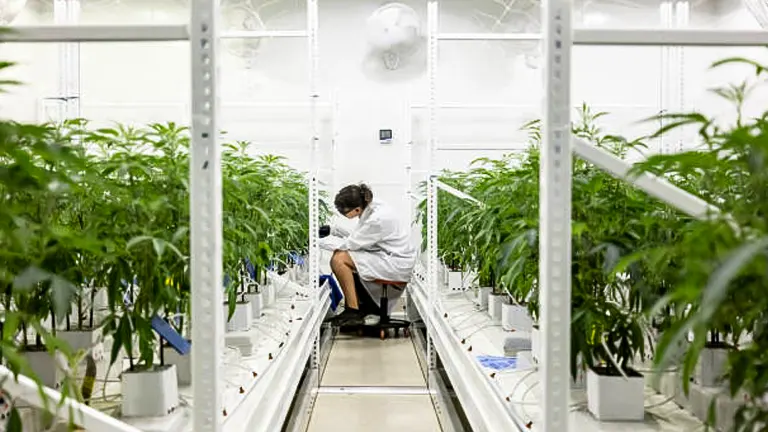
Plants require light to perform photosynthesis, a crucial process that involves capturing light energy to convert carbon dioxide and water into sugars and oxygen. This process not only fuels plant growth but also influences various aspects of plant development, including texture, color, and bloom. The quality (color or wavelength), quantity (intensity), and duration (photoperiod) of light significantly affect these outcomes. While sunlight provides the full spectrum of light needed for most plants to thrive, artificial light sources can be tailored to emit specific wavelengths, making them highly effective for plant growth in certain conditions.
Types of Artificial Light for Plant Growth
Artificial lighting comes in various forms, each with its own set of benefits and limitations for plant cultivation:
LED Lights (Light Emitting Diodes): Known for their efficiency and longevity, LED lights can be designed to emit a spectrum of light that is optimized for plant growth, making them a popular choice for both commercial growers and hobbyists.
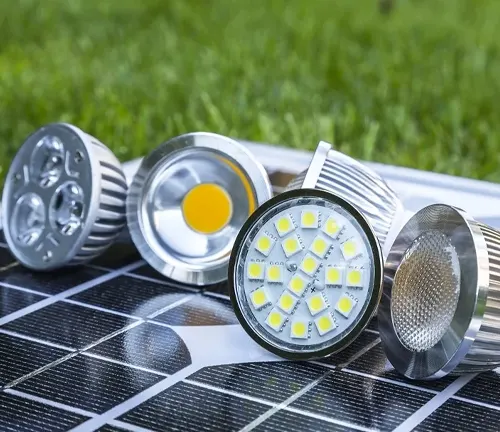
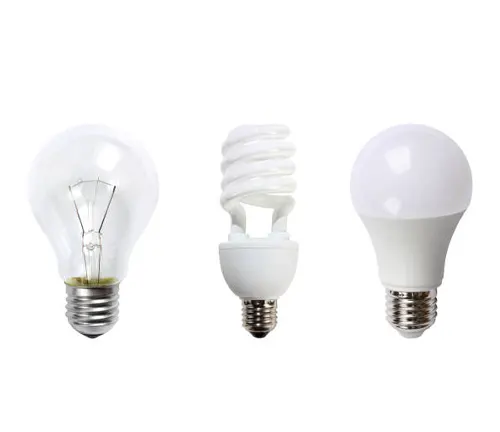
Fluorescent Lights: These are ideal for growing herbs and other small plants, emitting a broad spectrum of light while being energy efficient. Compact fluorescent lights (CFLs) are particularly suitable for small indoor spaces.
High-Intensity Discharge (HID) Lights: Including metal halide (MH) and high-pressure sodium (HPS) lamps, HID lights are powerful and can cover a large area, making them suitable for larger indoor gardens. However, they are less energy-efficient compared to LEDs and can produce a lot of heat.
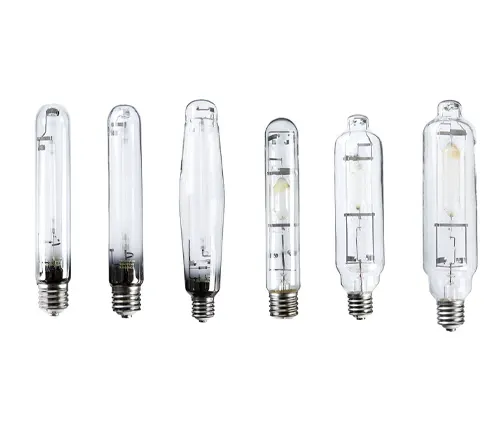
Choosing the right artificial light depends on the type of plants being grown, the stage of growth (e.g., seedling vs. flowering stage), and the setup of the indoor garden.
List of Plants Suitable for Growth Under Artificial Light
Lettuce (Lactuca sativa): Lettuce is an ideal candidate for artificial light cultivation due to its low light intensity requirements and rapid growth cycle. Studies have shown that LED lights, which can be tuned to specific spectra, significantly enhance the growth and nutritional quality of lettuce by promoting efficient photosynthesis.
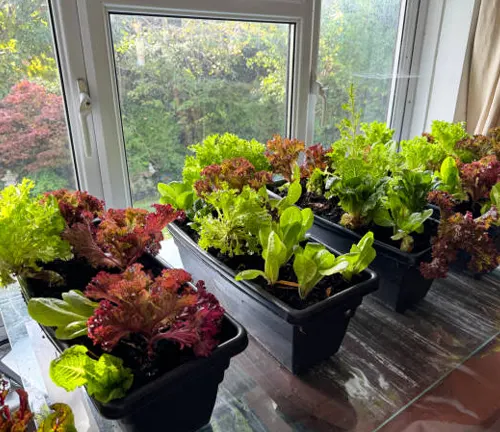
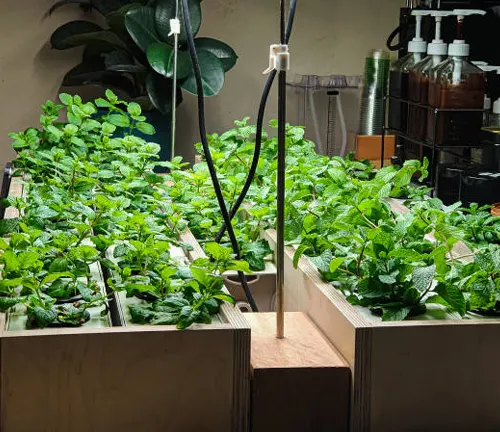
Basil (Ocimum basilicum): This popular herb benefits greatly from the use of artificial lighting, particularly LED lights that emit a combination of red and blue spectra. Research indicates that such light conditions can increase basil’s leaf size, flavor intensity, and essential oil content.
Tomatoes (Solanum lycopersicum): Tomatoes are a high-light plant that responds well to LED and HID lighting, which supports their fruiting and flowering stages. Scientific studies have demonstrated that artificial light can accelerate tomato plant growth and lead to earlier fruiting periods compared to natural sunlight.
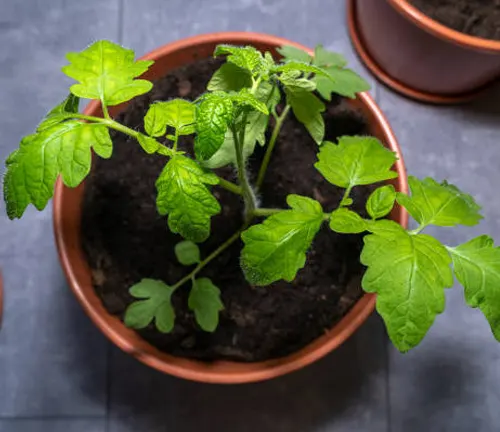
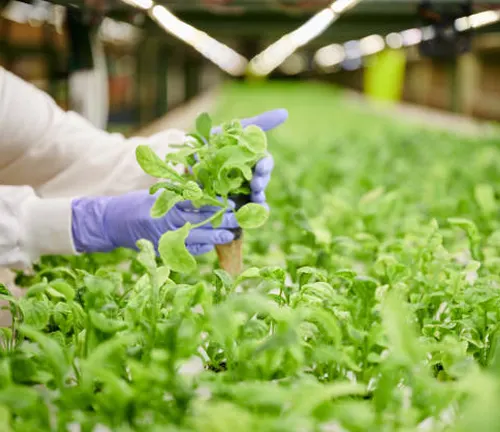
Spinach (Spinacia oleracea): Spinach grows well under fluorescent lights, which can mimic the cool, broad-spectrum light conditions it prefers. Research has shown that consistent exposure to fluorescent light increases leaf yield and enhances the nutritional content of spinach.
Peppers (Capsicum): Like tomatoes, peppers require high intensity light to flourish. LEDs are particularly beneficial for peppers, promoting flowering and fruit production. Studies suggest that the right spectrum of LED light can increase the vitamin C content and overall yield of pepper plants.
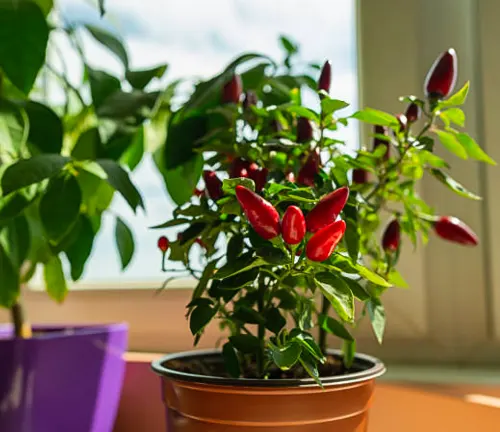
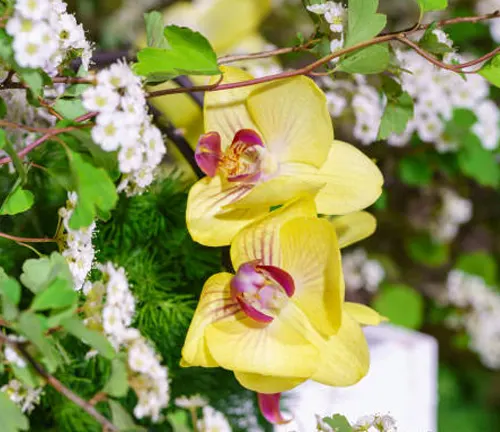
Orchids (Orchidaceae): Orchids can thrive under a variety of artificial lights, including LEDs and fluorescent lights, which provide the moderate light intensity and specific spectra needed for growth and blooming. Research has highlighted the importance of light quality on orchid health and flower quality.
African Violets (Saintpaulia): These low-light plants do exceptionally well under fluorescent lighting, which can encourage blooming and maintain their compact growth form. Scientific findings support the use of artificial light to extend the blooming period and enhance leaf coloration in African violets.
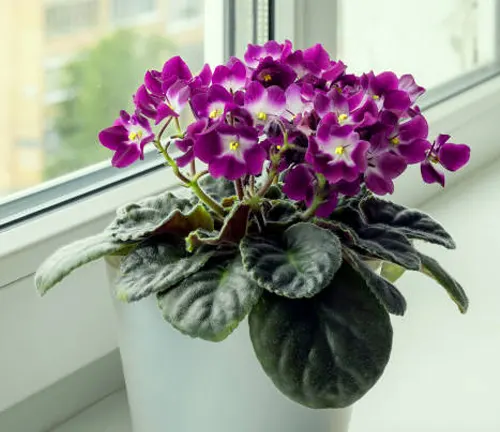
Plants and Their Growth Under Artificial Light
| Plant | Preferred Artificial Light | Scientific Findings | Growth Benefits |
|---|---|---|---|
| Lettuce | LED | Efficient photosynthesis, enhanced growth and nutritional quality | Ideal for low light intensity, quick harvest cycles |
| Basil | LED (Red & Blue Spectrum) | Increased leaf size, flavor, and essential oil content | Enhances flavor and growth in controlled environments |
| Tomatoes | LED, HID | Accelerated growth, earlier fruiting | Supports fruiting and flowering stages effectively |
| Spinach | Fluorescent | Increased leaf yield and nutritional content | Mimics cool, broad-spectrum light conditions |
| Peppers | LED | Increased vitamin C content and yield | Promotes flowering and fruit production |
| Orchids | LED, Fluorescent | Improved health and flower quality | Provides moderate intensity and specific light spectra |
| African Violets | Fluorescent | Extended blooming period, enhanced leaf coloration | Encourages blooming and maintains compact growth |
The table’s comprehensive overview demonstrates the significant impact of artificial lighting on plant growth across a variety of species, highlighting the adaptability and potential of indoor gardening. Through scientific evidence, it’s clear that LED and fluorescent lights can closely mimic natural sunlight, supporting the entire lifecycle of plants from seedlings to full bloom. The key takeaway is the effectiveness of tailored lighting strategies—choosing the right type of light for specific plant needs is crucial for optimizing growth, yield, and health. This insight acts as a final verdict on the potential of artificial lighting to revolutionize indoor and controlled environment agriculture, making it a vital tool for gardeners and commercial growers alike.
Scientific Evidence on Plant Growth Under Artificial Light
Numerous studies have demonstrated the efficacy of artificial light in supporting plant growth. For instance, research has shown that LEDs can be customized to provide light spectra tailored to the photosynthetic requirements of different plant species, enhancing growth rates, yield, and nutritional content. Such studies underscore the potential of artificial light to not only mimic but in some cases surpass the performance of natural sunlight in plant cultivation.
| Study Focus | Artificial Light Type | Plant Species Examined | Research Findings | Practical Implications |
|---|---|---|---|---|
| Growth Efficiency Under Different Light Spectra | LED Lights | Tomato, Basil | LED lights engineered to emit specific red and blue light spectra increased plant biomass and yield by up to 25% compared to plants grown under natural sunlight. | LEDs are highly effective for enhancing growth and yield in both edible and ornamental plants, making them ideal for indoor gardening and commercial cultivation. |
| Impact of Fluorescent Lighting on Seed Germination and Early Growth | Fluorescent Lights | Lettuce, Spinach, Herbs | Seedlings grown under full-spectrum fluorescent lights showed a 20% faster germination rate and more vigorous early growth phases than those under standard room lighting. | Fluorescent lights, especially full-spectrum, are excellent for starting seeds and growing leafy greens, providing a cost-effective solution for hobbyists and commercial growers. |
| Comparison of Plant Growth Under HID vs. LED Lighting | HID and LED Lights | Lettuce | Plants under LED lighting developed 30% more leaf area and 15% higher biomass than those under HID lights, with reduced energy consumption. | This highlights the efficiency of LED lights in producing healthier plants with lower energy costs, suggesting a shift towards LEDs in commercial agriculture. |
| Enhancing Fruit Quality with Combined Lighting Approaches | LED + Fluorescent Lights | Strawberries | Combining LED and fluorescent lighting resulted in strawberries with significantly increased size and sweetness compared to those grown under a single type of artificial light. | Mixed lighting systems can optimize fruit quality and taste, offering flexible solutions for enhancing specific plant characteristics, beneficial for both home gardeners and commercial producers. |
Additional Information:
- Energy Efficiency: LEDs are top-rated for their low energy consumption, making them environmentally friendly and cost-effective over time.
- Spectral Flexibility: The ability to adjust LED light spectra enables gardeners to mimic natural sunlight conditions closely, optimizing plant health and productivity.
- Heat Management: HID lights, while powerful, require careful heat management. In contrast, LEDs and fluorescents emit less heat, reducing the need for additional cooling systems.
The scientific evidence clearly supports the effectiveness of artificial light in promoting plant growth, with each type of light offering unique benefits tailored to different plant needs. LED lighting stands out for its efficiency and ability to enhance both growth and yield, making it particularly valuable for a wide range of applications from home gardening to commercial cultivation.
Fluorescent lights remain an excellent choice for seed starting and growing leafy greens, while the strategic use of HID lighting can accelerate growth in specific scenarios. Combining different light sources can further optimize results, particularly in fruit quality and taste. As lighting technology continues to evolve, leveraging these advancements will be key to maximizing plant health, productivity, and sustainability in indoor and controlled environment agriculture.
Practical Guide to Growing Plants Under Artificial Light
Setting Up Your Artificial Lighting System
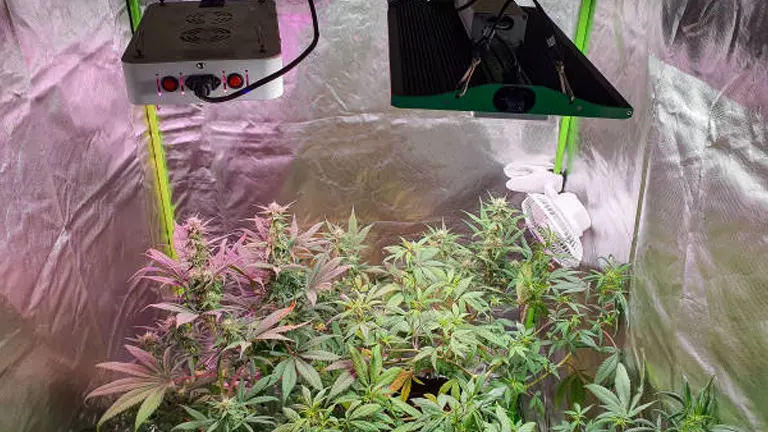
Creating an effective artificial lighting setup for plants is not just about choosing the right lights but also about how you position and use them. Here are steps to get started:
- Select the Right Light for Your Plants: Determine the needs of your plants—different species require different light spectrums, intensities, and durations. For leafy greens, fluorescent or LED lights offering a full spectrum are ideal, while flowering plants might benefit more from the additional intensity of HID lamps.
- Calculate the Required Light Intensity: The intensity needed depends on the plant type. High-light plants (such as tomatoes) require more lumens per square foot than low-light plants (like lettuce). A lux meter can help measure the light intensity to ensure it meets your plants’ needs.
- Determine the Duration of Light Exposure: Most plants thrive on 12-16 hours of light per day, but this can vary. Use a timer to regulate light exposure, ensuring your plants receive a consistent amount of light each day.
- Set Up the Light Fixtures: Hang or position your lights so that they are close enough to illuminate the plants adequately but not so close as to cause heat damage. Adjustable chains or stands are helpful as they allow you to change the height of the lights as your plants grow.
- Monitor Plant Growth and Adjust Accordingly: Keep an eye on how your plants respond to the artificial light. Signs of too much light include yellowing or curling leaves, while insufficient light may cause plants to become leggy and weak.
Tips for Success
- Ensure Even Light Distribution: Rotate your plants regularly to ensure all sides receive equal light exposure.
- Water Wisely: Plants under artificial lights may require different watering schedules than those grown in natural light. Monitor soil moisture closely and adjust your watering routine as needed.
- Ventilation: Good airflow is crucial to prevent disease and ensure healthy plant growth. If your indoor setup lacks natural airflow, consider adding a fan to circulate air gently.
Common Mistakes to Avoid
- Ignoring Plant Specific Needs: Not all plants have the same light requirements. Tailor your setup to the specific needs of your plants for optimal growth.
- Overheating: High-intensity lights can produce a lot of heat. Avoid placing lights too close to plants to prevent heat stress.
- Neglecting Maintenance: Regularly clean your light fixtures and bulbs to maintain their efficiency. Dust and dirt can significantly reduce the amount of light that reaches your plants.
Benefits of Using Artificial Light for Plant Cultivation
- Year-Round Growth: One of the most significant advantages of artificial lighting is the ability to grow plants year-round, regardless of natural light conditions. This opens up possibilities for fresh produce during off-season periods and can be particularly beneficial for regions with short growing seasons.
- Urban and Indoor Gardening: Artificial light makes it possible to grow healthy plants in spaces without natural light, such as apartments or urban settings. This accessibility can play a crucial role in urban food production and indoor decorative gardening, making green spaces more common in city environments.
- Enhanced Control Over Plant Growth Conditions: Using artificial light allows gardeners to precisely control light exposure, optimizing growth conditions for specific plant species. This control can lead to more efficient growth, higher yields, and the ability to influence certain characteristics of the plants, such as flavor or nutritional content.
- Environmental Considerations and Sustainability: The shift towards artificial lighting in plant cultivation brings with it concerns about energy consumption and its environmental impact. However, with mindful practices, gardeners can mitigate these issues:
- Energy-Efficient Lighting Options: Opting for LED lights over traditional HID or fluorescent bulbs can significantly reduce energy use. LEDs are more energy-efficient, have a longer lifespan, and produce less heat, minimizing the carbon footprint associated with indoor gardening.
- Solar Power Integration: Where possible, integrating solar panels to power lighting systems can further enhance sustainability. This method harnesses renewable energy, reducing reliance on fossil fuels and lowering operational costs over time.
- Timely Light Usage: Using timers to control light exposure ensures that lights are only on when needed, avoiding unnecessary energy use. Matching the light cycle to the plant’s natural growth cycle can optimize energy efficiency.
- Recycling and Maintenance: Proper disposal and recycling of old light bulbs and fixtures can prevent harmful substances from entering the environment. Regular maintenance of lighting systems ensures they operate at peak efficiency, reducing waste.
Conclusion
In summary, the capability of artificial light to support plant growth is undeniable. Through targeted use of LED and fluorescent lights, gardeners and commercial growers alike can bypass the limitations of natural sunlight, fostering robust growth in a controlled environment. This breakthrough not only enhances the viability of year-round indoor gardening but also paves the way for innovative agricultural practices. As a final verdict, artificial lighting emerges as a transformative solution in horticulture, offering a sustainable and efficient path to cultivating a diverse range of plants.
FAQs
- Can all types of plants grow under artificial light?
Yes, most plants can grow under artificial light if the light provides the correct spectrum, intensity, and duration needed for their specific growth stages. However, the efficiency of growth may vary among different species. Some plants, especially those requiring high light levels like certain flowering plants and vegetables, might need more specialized lighting setups to thrive. - How does artificial light compare to natural sunlight in terms of plant growth?
Artificial light can be tailored to provide specific light spectra, making it highly efficient for plant growth, especially in controlled environments. While natural sunlight offers a full spectrum of light, artificial lighting systems such as LEDs can mimic this spectrum and even optimize it to suit the growth requirements of specific plants. This can lead to faster growth rates and increased yields in some cases. - What are the best types of artificial lights for indoor gardening?
LED lights are currently considered the best option for indoor gardening due to their energy efficiency, longevity, and ability to produce a spectrum of light tailored to the needs of plants. Fluorescent lights, including T5 and compact fluorescent lamps (CFLs), are also popular for their efficiency and suitability for a wide range of plants, especially seedlings and greens. - How long should plants be exposed to artificial light each day?
The daily light exposure, or photoperiod, needed varies by plant species. Generally, most houseplants and edible plants require between 12 to 16 hours of light per day. It’s important to use a timer to regulate light exposure for consistent daily cycles, mimicking natural daylight patterns as closely as possible. - Can artificial light harm plants?
If not used properly, artificial light can harm plants. Too much light can lead to leaf burn, while too little light may result in weak, leggy growth. Additionally, lights that emit excessive heat can raise the temperature too much, stressing plants. It’s crucial to choose the right type of light and adjust the distance between the lights and plants as they grow. - Is it expensive to grow plants under artificial light?
The initial setup cost for growing plants under artificial light can vary widely based on the types of lights and the scale of your gardening project. LED lights, while more expensive upfront, are more cost-effective in the long run due to their lower energy consumption and longer lifespan. The overall cost also depends on the duration of daily light exposure and the local cost of electricity. - How can I ensure my plants receive the right type of light for their growth?
Understanding the light requirements of your plants is key. Different stages of plant growth may require different light spectra. For instance, blue light promotes vegetative growth, while red light encourages flowering. Many modern artificial lights, especially LEDs, allow you to adjust the spectrum and intensity. Research your plants’ needs and adjust your lighting setup accordingly. - Can artificial light support flowering and fruiting in plants?
Yes, artificial light can support the flowering and fruiting stages of plant growth, provided it offers the right spectrum and intensity. Red and far-red light spectra are particularly important for these stages. Some artificial lights are specifically designed to support the entire life cycle of a plant, from seedling to fruiting, making them ideal for indoor gardening enthusiasts aiming for maximum yields.
As we’ve explored, the world of artificial light opens up boundless opportunities for plant growth, transcending the limits of seasons and sunlight availability. Embracing this technology invites us into an exciting era of gardening, where every space can bloom and flourish. Dive into the adventure of indoor gardening with artificial light, and let every seed you plant be a testament to the possibilities that lie within.

Benjamin Brooks
Forestry AuthorGreetings! I'm Benjamin Brooks, and my journey over the past 15 years has revolved around the fascinating realms of content creation, expertise in snow clearing, and the intricate world of lumberjacking and landscaping. What began as a simple curiosity about the natural world and heavy machinery has evolved into a passionate profession where my love for crafting words intertwines seamlessly with my lumberjacking and garden skills.








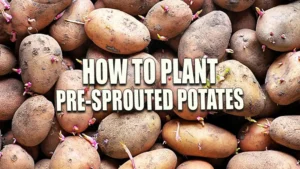




Leave your comment